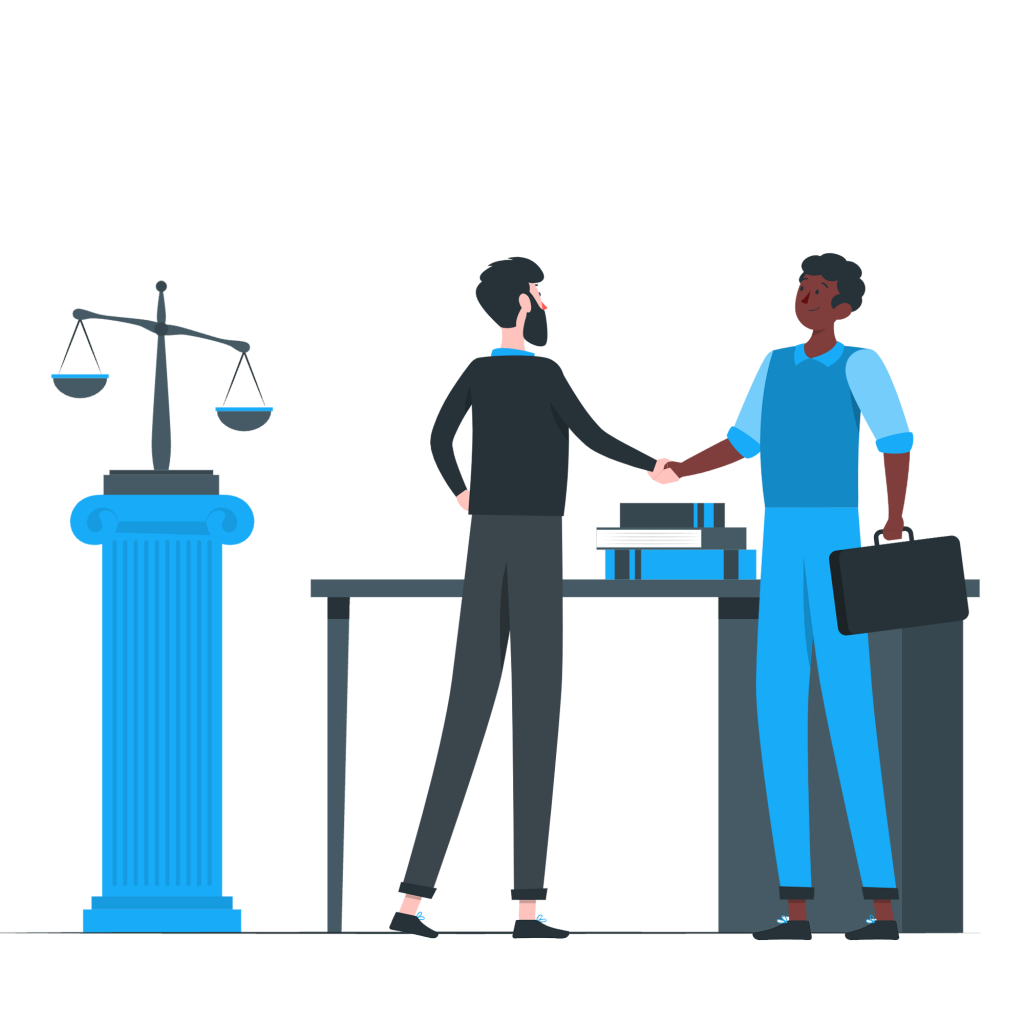Can You Sue for Pain and Suffering in California?
In California, “pain and suffering” are generally not compensable in a claim. However, it is possible that the circumstances of your situation warrant an exception to the rule. In 1975, the California Supreme Court decided that a person injured while primarily engaged in an activity of a public nature is entitled to recover damages for pain and suffering, even when it did not inflict harm through tortious conduct.
Retaliation with a lawsuit is one option to explore if you’ve been injured in a car accident. Unfortunately, lawsuits are not always–or even often–successful. That being said, you can take steps to see whether your case is worth pursuing.
California Civil Code § 3294.
This law allows anyone who suffers personal injuries related to any activity, primarily considered a public one, to bring a claim for pain and suffering against their assailant. To prove that the plaintiff is entitled to damages under this section, the plaintiff must meet several criteria.
Criteria To prove Entitlement To Damage under section § 3294
First, the plaintiff must establish that they were injured through a personal injury as defined in Civil Code § 3333. This means the plaintiff must prove that they suffered physical harm from an individual’s actions.
Second, there is a requirement that the plaintiff must prove a duty was owed to them by their assailant. The courts have held that correlating rights accompany any obligation owed to another by someone else. A person may have been assumed to be owed a duty, but the same legal standards determine the right to sue for damages as any other tort action.
Third, the plaintiff must prove that they would have suffered no harm absent the assailant’s actions. It means that if the plaintiff did not have a relationship with the assailant and was not otherwise injured by their acts, they could recover no damages from them. This requirement applies even if this person did not set out to be wounded by their assailant. In other words, there is no liability for negligence established by the assailant’s duties to their victim.
Lastly, the plaintiff must prove that a physical injury such as a car accident harmed them. Non-physical damages, such as emotional distress and mental anguish, cannot form the basis of a claim under Section 3294.

One-third rule of comparative fault And Net profits doctrine
In particular, California employs a modified comparative fault rule that allows plaintiffs to recover damages even if they are partially at fault for their injuries, referred to as the one-third rule of comparative fault. The rule states that people can recover damages from their assailant if they were 1/3 or less at fault for the harm. To determine the amount a plaintiff may receive in damages from their assailant, California also employs a statute known as the net profits’ doctrine. This doctrine allows an injured plaintiff to recover actual damages and costs plus one-third of the defendant’s net profits.
California uses this doctrine because it minimizes the economic impact on the defendant and encourages people to invest their money and efforts in legitimate businesses. This is because the defendant’s net profit comes from investments made by them to provide goods or services to other people.
Physical Injuries
The other two factors when determining damages include the fault of the plaintiff and their subjective suffering. The court may consider whether the plaintiff was an at-fault party or whether they were suffering from any physical or mental injuries. This factor also includes whether they could avoid any damage through reasonable precautions, such as taking a stroll instead of running through a dark alley.
It only applies to the objective component of the pain and suffering claim, that is, what a reasonable person would have done or should have known, if safe precautions were followed or not.
In addition to covering physical injuries, Section 3294 also covers emotional suffering defined as mental pain, anguish, or distress. To recover damages for this type of emotional suffering, the plaintiff must prove they suffered from shock or mental trauma after sustaining an injury.